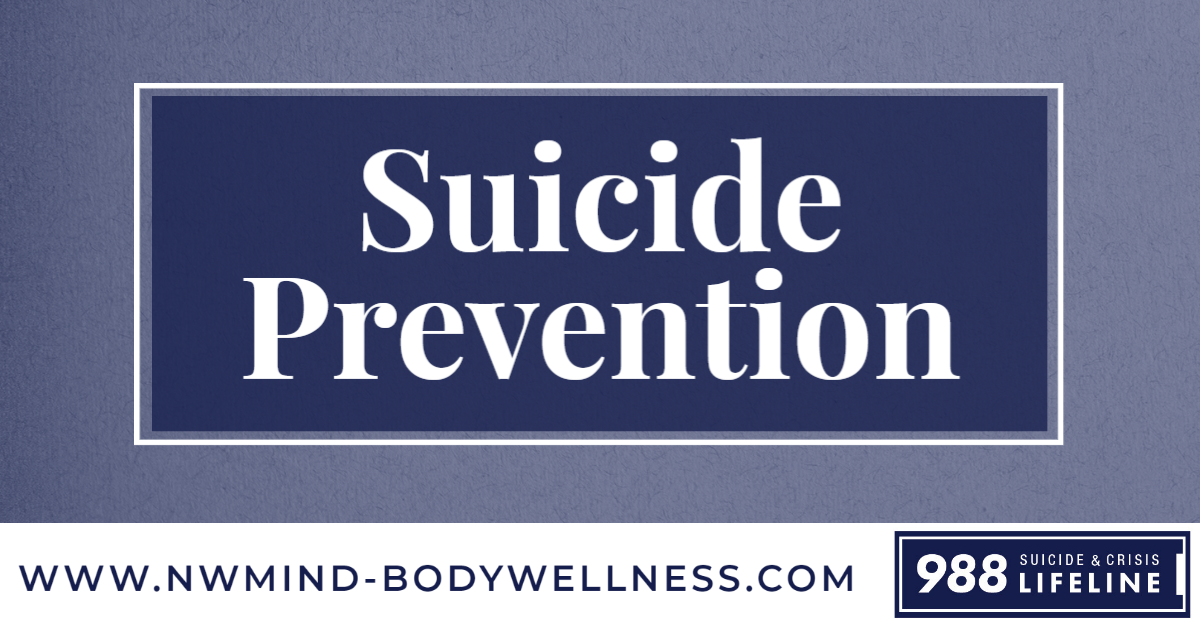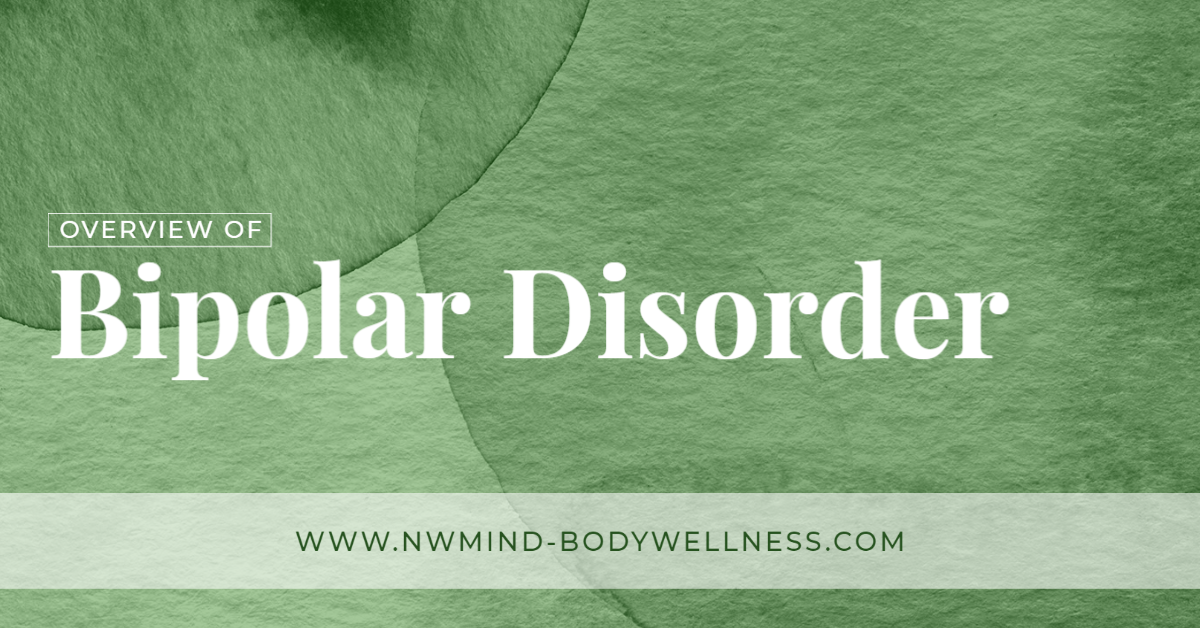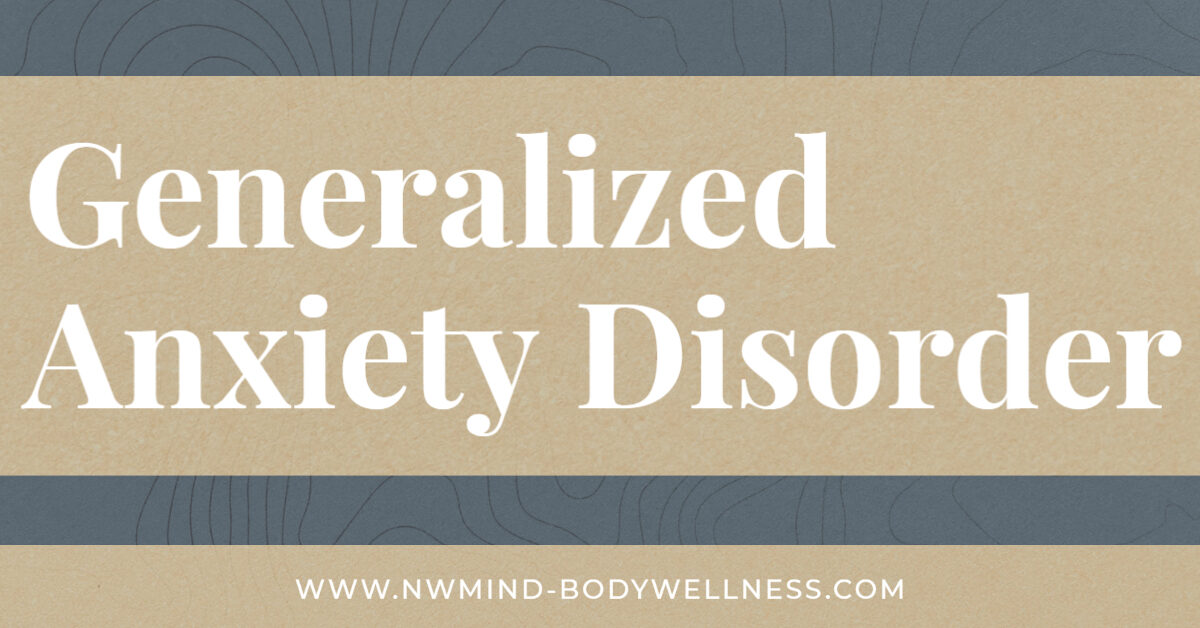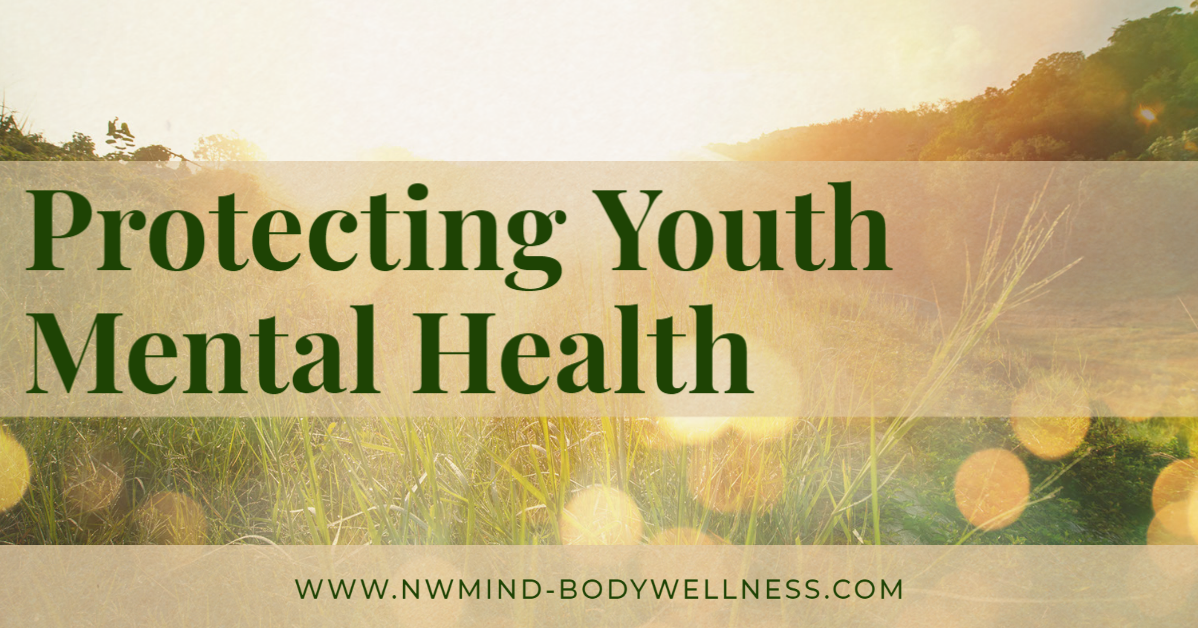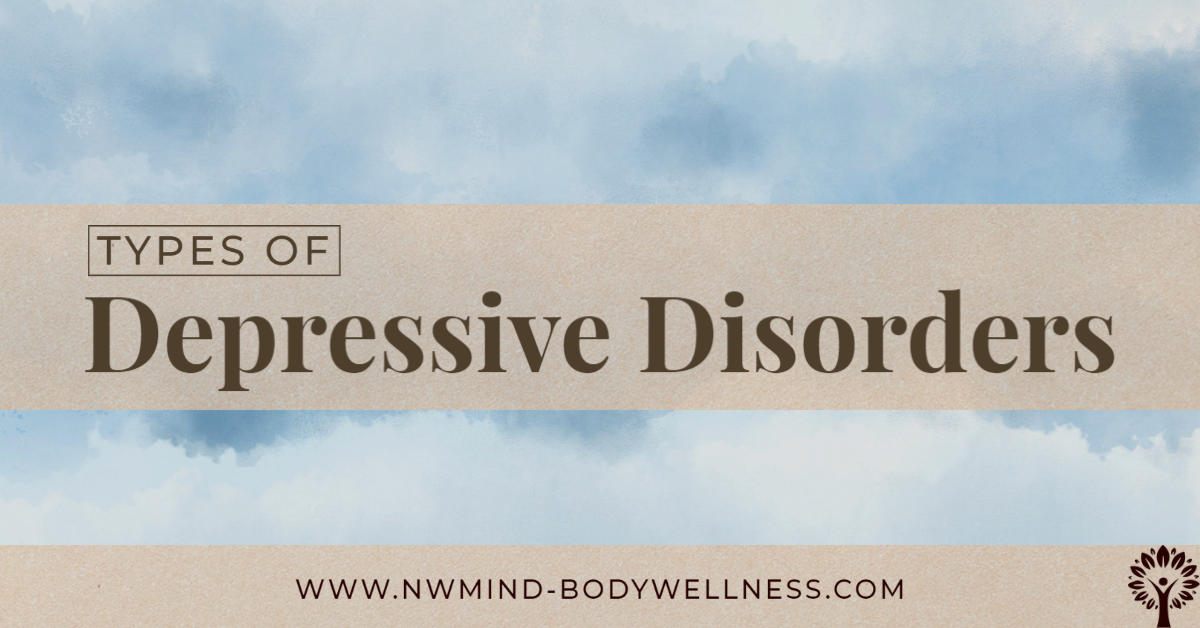How to Improve Your Self-Esteem
There are many ways that you can start improving your self-esteem.
When low self-esteem becomes a long term problem, it can negatively affect one’s mental health. Self-esteem is often built from the experience’s in one’s life. However, there are many ways to improve your self-esteem. Those with high self-esteem tend to be less vulnerable to the ups and downs of life, and less commonly have anxiety or depression. Improved self-esteem can offer many benefits and help you live a more positive life.
The following list consists of five tips for improving your self-esteem.
Use Positive Affirmations
Use positive affirmations to recognize your successes as well as to believe in your ability to reach your goals. The way that we talk to and treat ourselves matters. Many people greatly benefit from using positive affirmations to help boost their self-esteem.
Challenge Negative Thoughts
People commonly think negatively about themselves. Whether it comes in the form of self-doubt, anger, or anything in-between, it can be harmful to view yourself this way. When you find yourself thinking negatively, try to challenge these thoughts. Many times, you will realize that these negative thoughts are in fact far from the truth. Try your best to replace negative or harmful thoughts with more positive ways of thinking.
Identify Your Strengths
Everyone has strengths, but not everyone realizes them. Take time to recognize your strengths and develop them. Knowing what your strengths are can boost your self-esteem and help you combat feelings of doubt.
Set Limits and Learn to Say “No”
Sometimes in the pursuit to please others, we over burden ourselves. Recognize your limits, and own wants and needs. It is okay to say “no” to others in order to protect your own mental health.
Build Positive Relationships
Our self-esteem is often influenced by those around us. If you are surrounded by negative people, it can be hard to view yourself in a positive way. Focus on developing healthy relationships that build you up, rather than bring you down.
More RESOURCES
- To learn more about self-esteem, we recommend contacting your health care provider.
- To read more tips for improving your self-esteem, the following resources are suggested:

